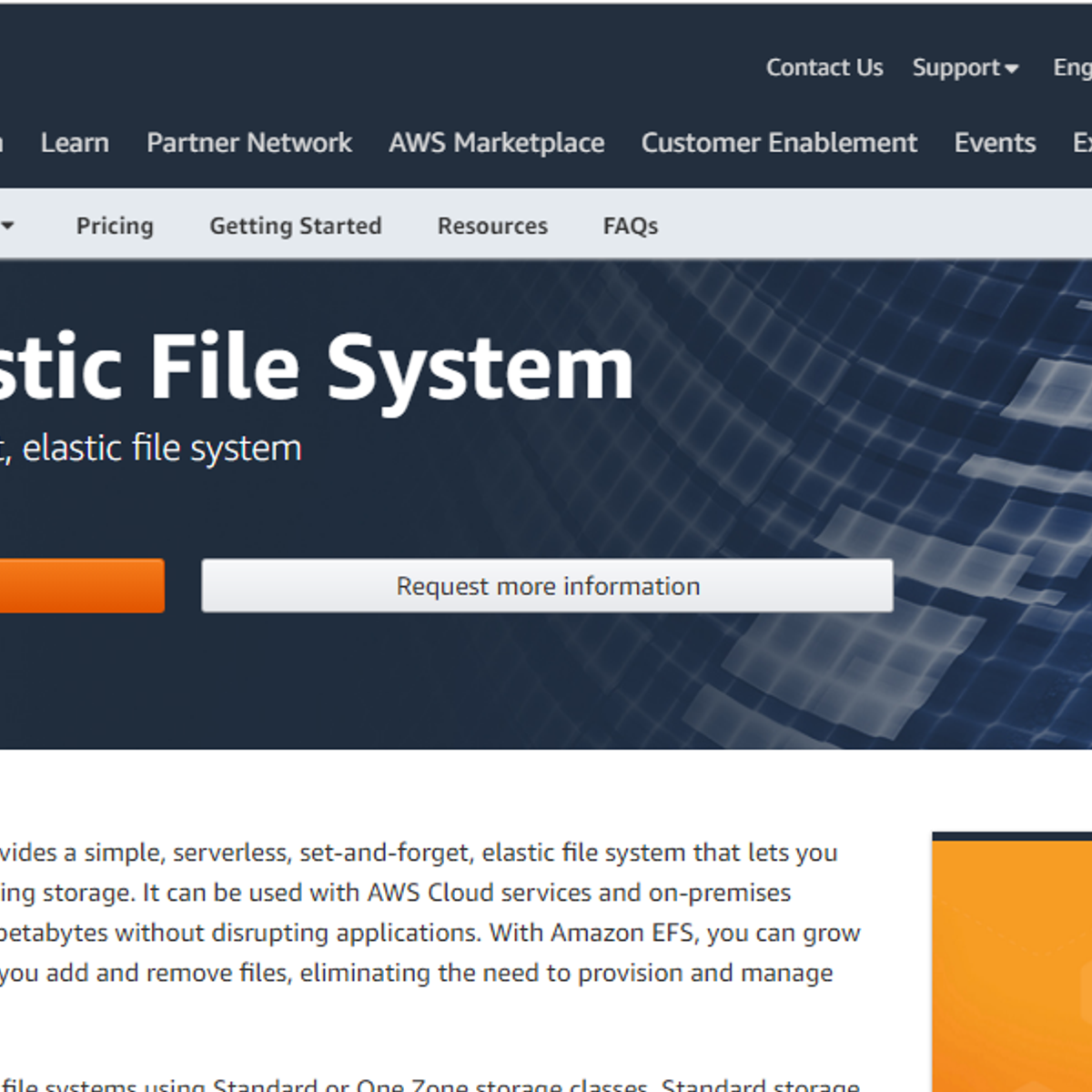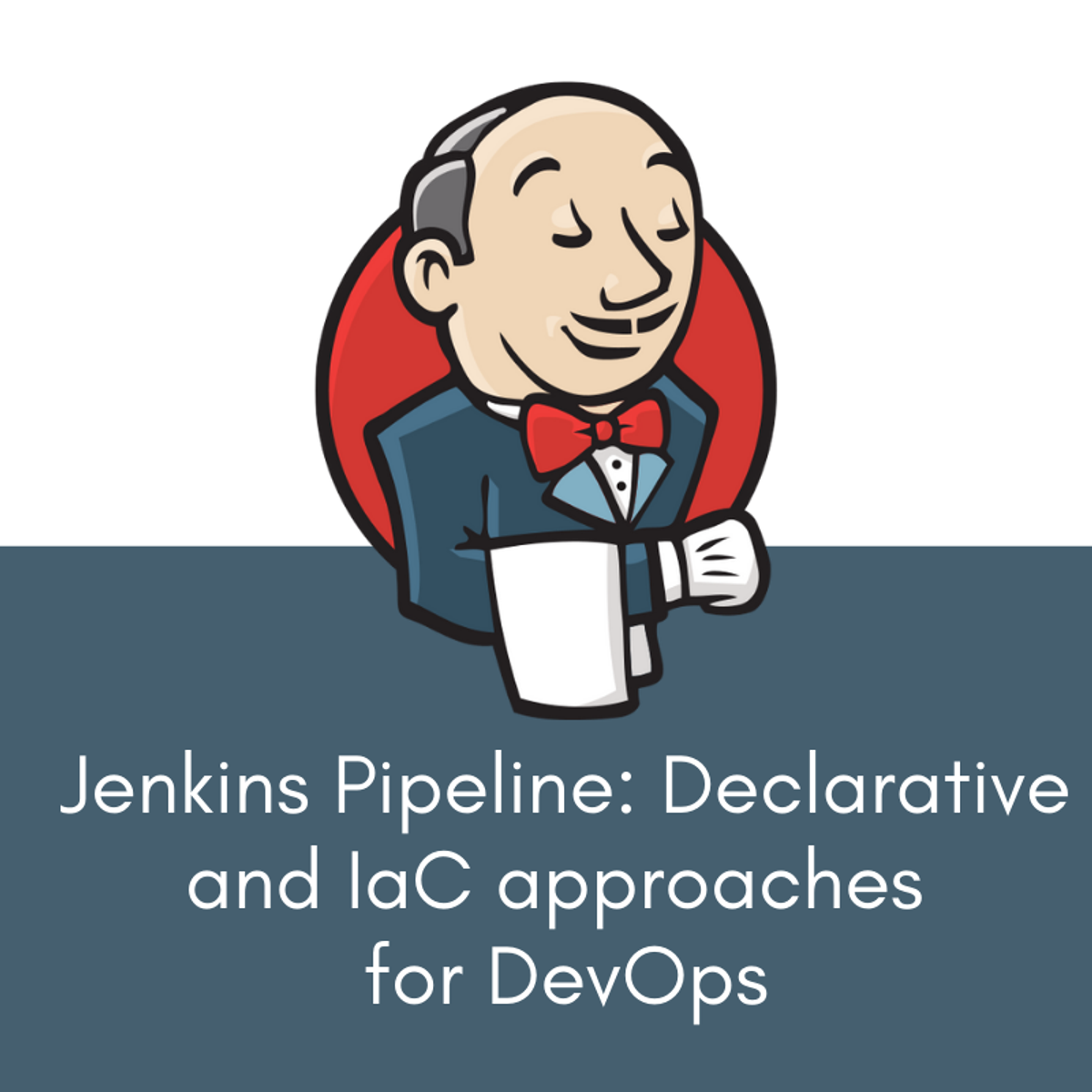Back to Courses









Information Technology Courses - Page 3
Showing results 21-30 of 1471

Introduction to AWS Elastic File System
Amazon Elastic File System offers a simple interface that allows you to create and configure file systems quickly and easily in AWS. By the end of this project, you will get a real world experience of working with EFS on a production environment. The Idea is to create an EFS in AWS and create a text document using one Linux Instance and access the same document via another Linux Instance.

Python Database Connection with MariaDB From Infosys
Did you know that connecting to servers is the number one job task of database administrators? Did you know that being able to effectively complete this skill is in-demand for this role?
By taking this Guided Project, you will be able to accomplish exactly this task!
“Python Database connection with MariaDB” is for any system or database administrator looking to automate the daily routine task of connecting to a company’s database with less effort.
By the end of this 1-hour Guided Project, you will be able to establish a verified connection to a MariaDB server by using Python scripts which you have created!
Brought to you by Infosys, a global leader in next-generation digital services and consulting, this project is created by a certified Technology Associate in Python Programming, and the team lead of Education, Training and Assessments.
Let's get started!

Using OpenTSDB to Monitor Time-Series Data on Cloud Platform
This is a self-paced lab that takes place in the Google Cloud console. In this lab you will learn how to collect, record, and monitor time-series data on Google Cloud Platform (GCP) using OpenTSDB running on Google Kubernetes Engine and Google Cloud Bigtable.

Get started with Microsoft Planner
In this project, learners will become familiar with Microsoft Planner. They will learn how to create tasks and make adjustments to those tasks. Learners will also get to practice multiple scenarios involving creating plans. By the end of the course, learners will understand how to create and assign tasks, as well as integrate Microsoft Planner with other applications.

Infrastructure and Application Modernization with Google Cloud
Many traditional enterprises use legacy systems and applications that often struggle to achieve the scale and speed needed to meet modern customer expectations. Business leaders and IT decision makers constantly have to choose between maintenance of legacy systems and investing in innovative new products and services.
This course explores the challenges of an outdated IT infrastructure and how businesses can modernize it using cloud technology. It begins by exploring the different compute options available in the cloud and the benefits of each, before turning to application modernization and Application Programming Interfaces (APIs). The course also considers a range of Google Cloud solutions that can help businesses to better develop and manage their systems, such as Compute Engine, App Engine, and Apigee.

Develop a free website with WordPress
By the end of this project, you will learn how to develop your free website created in WordPress for personal or commercial purposes.
This guided project is designed for people who already created their website on WordPress and now want to add pages, creates articles and publish media.
WordPress offers a large variety of free website design and possibilities to develop a commercial website, a blog, a photo gallery, amongst others, allowing you to create an aesthetically pleasing online platform and/or add value to your business marketing.
After completing this project, you will be able to create all the contents that you please, such as a photo gallery or a blog post. WordPress is an easy and free platform that provides all the tools you need to create an organized and visually appealing product while offering potential added customization and tools at a low price. Everything for your website is available on this platform!
This course works best for learners who are based in the North America region. We’re currently working on providing the same experience in other regions.

Cybersecurity Awareness and Innovation
It’s not you, it’s me! What’s going on?
This course empowers students, professionals and the wider community to deal with cybersecurity attacks and risks focused on identity management and it is an introduction to the upcoming full course focused on cybersecurity awareness.
It provides a practical overview of challenging issues like identity credentials management and security, e-mail threats and web impersonation, or web hacking. In addition to this, you will have a practical appreciation of innovation applied to these concepts through an interview with a renowned expert in fraud and cybercrime. The teaching staff consists of Iván Pau, UPM researcher and expert in usable security, and Román Ramírez, hacker and cybersecurity expert.
Learning will be carried out by introducing use cases related to cybersecurity incidents, in a way that ensures participants to get really involved in the course. You will easily acquire practical skills and be ready to face real threats in a digital world.
This course is part of an online programme developed by Universidad Politécnica de Madrid (world-class tech university renowned for the quality of its education programmes and the research undertaken at its centres), Ferrovial (the world's leading private investor in cities and infrastructures, with a workforce of more than 74.000 employees and operations in more than 16 countries) and EIT Digital.

Dataflow: Qwik Start - Templates
This is a self-paced lab that takes place in the Google Cloud console. This page shows you how to create a streaming pipeline using a Google-Provided Cloud Dataflow template.

Jenkins Pipeline: Declarative and IaC approaches for DevOps
By the end of this course you will be able to start writing your own Jenkins scripts either in the Jenkins UI or as Jenkinsfile over a multi-stage CD workflow.

Concurrency in Go
Learn how to implement concurrent programming in Go. Explore the roles of channels and goroutines in implementing concurrency. Topics include writing goroutines and implementing channels for communications between goroutines. Course activities will allow you to exercise Go’s capabilities for concurrent programming by developing several example programs.
Popular Internships and Jobs by Categories
Find Jobs & Internships
Browse
© 2024 BoostGrad | All rights reserved